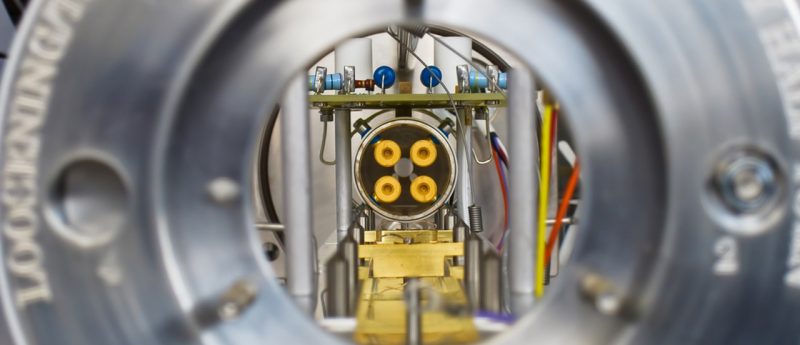Researchers use Mass Spec to find new biomarker for pancreatic cancer

A team of scientists from Chiba University (Chiba, Japan) have discovered a new biomarker that could help detect early stages of pancreatic cancer.
The team led by researcher Shigetsugu Takano carried out a quantitative analysis of 302 proteins utilizing LC—MS/MS. Findings from the study was published in a recent issue of the British Journal of Cancer.
The fourth leading cause of cancer-related deaths, pancreatic cancer is difficult for clinicians to diagnose. Part of the reason for this is due to the lack of biomarkers identified required for early diagnosis.
Existing biomarkers including, carbohydrate tumor-associated antigen 19-9 (CA19-9) may aid in diagnosis, however remain inadequate as high levels of CA19-9 and other similar biomarkers can also be detected in other diseases.
In this study the authors found high levels of the protein C4b-binding protein alpha-chain (C4BPA) in pancreatic cancer patients compared to patients with other cancers or other pancreatic disease.
C4BPA was found to be twice as high in pre-operative sera compared to post-operative sera in a number of the patients. The protein plays a role in the immune system binding apoptopic and necrotic cells.
The group conducted another study comparing C4BPA with existing biomarkers. Performing a receiver operator characteristic analyses study for C4BPA, CA19-9 and CEA, they reported the C4BPA protein showed a higher level of sensitivity as an early detection biomarker in both stage I and II pancreatic cancer patients.
To give further confidence of the new biomarker, the team also conducted an investigation to see whether the new biomarker would help differentiate pancreatic cancer from biliary tract cancer. According to the authors both diseases are “virtually indistinguishable by conventional clinical examination, diagnostic imaging and histopathology.”
The authors commented: “To evaluate the discriminatory power of C4BPA compared with CA19-9, ROC curves were plotted for distinguishing [pancreatic cancer] patients from BTC patients. Interestingly, the area under the curve for C4BPA was much higher than that for CA19-9,” 0.854 and 0.264, respectively. These results suggest that C4BPA is a specific biomarker for [pancreatic ductal adenocarcinoma],” they added.
According to the paper, the average 5 year survival rate for pancreatic cancer patients is less than 5% and most patients have a median survival of less than 6 months.
Although the study is promising for early diagnosis of pancreatic cancer further studies need to be conducted to validate the findings reported in this research.
Sources: , , , , , Identification of a novel serum biomarker for pancreatic cancer, C4b-binding protein α-chain (C4BPA) by quantitative proteomic analysis using tandem mass tags. British Journal of Cancer, doi:10.1038/bjc.2016.295 (2016) (Epub ahead of print); https://www.genomeweb.com/proteomics-protein-research/new-pancreatic-cancer-biomarker-discovered-through-mass-spec-study.






